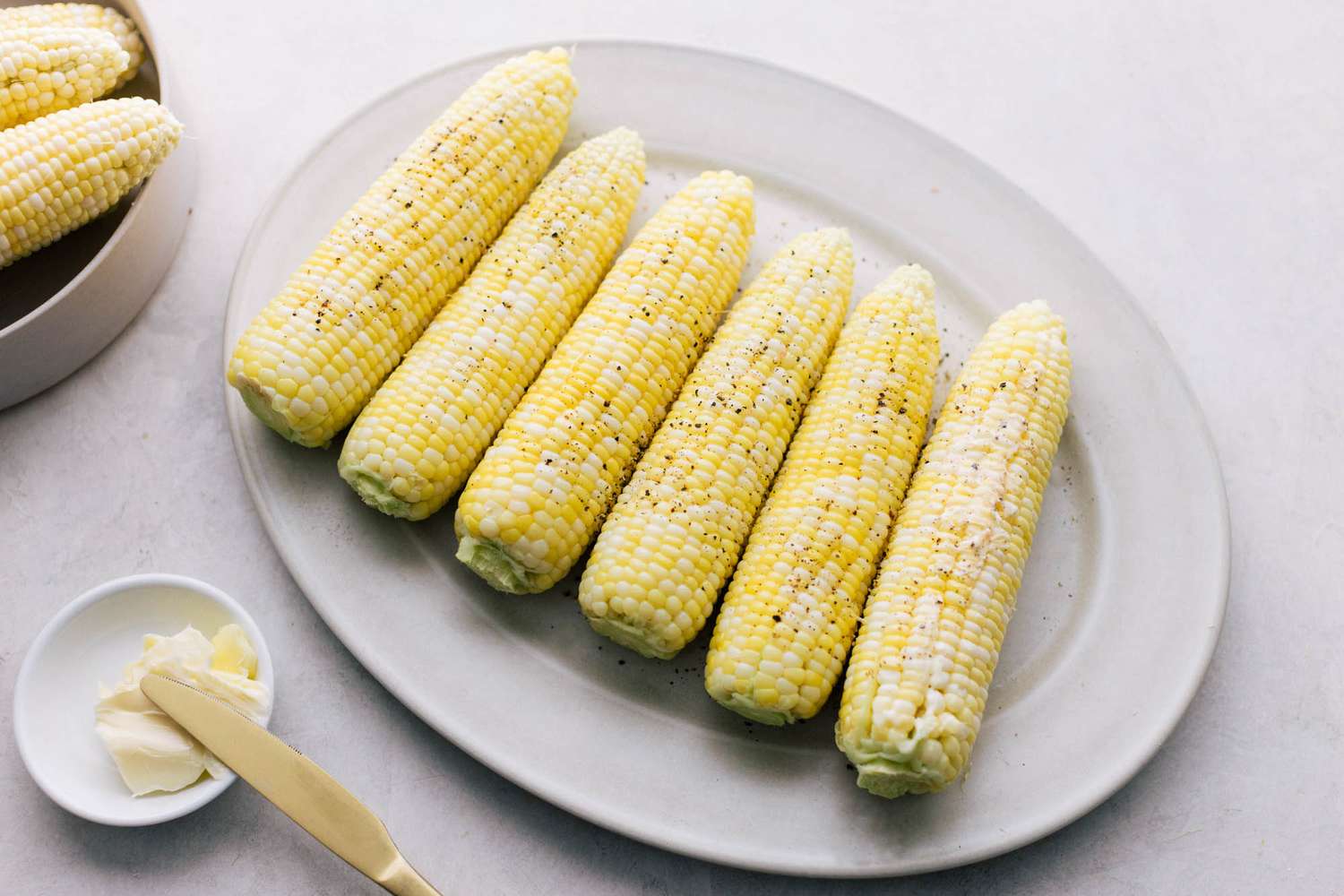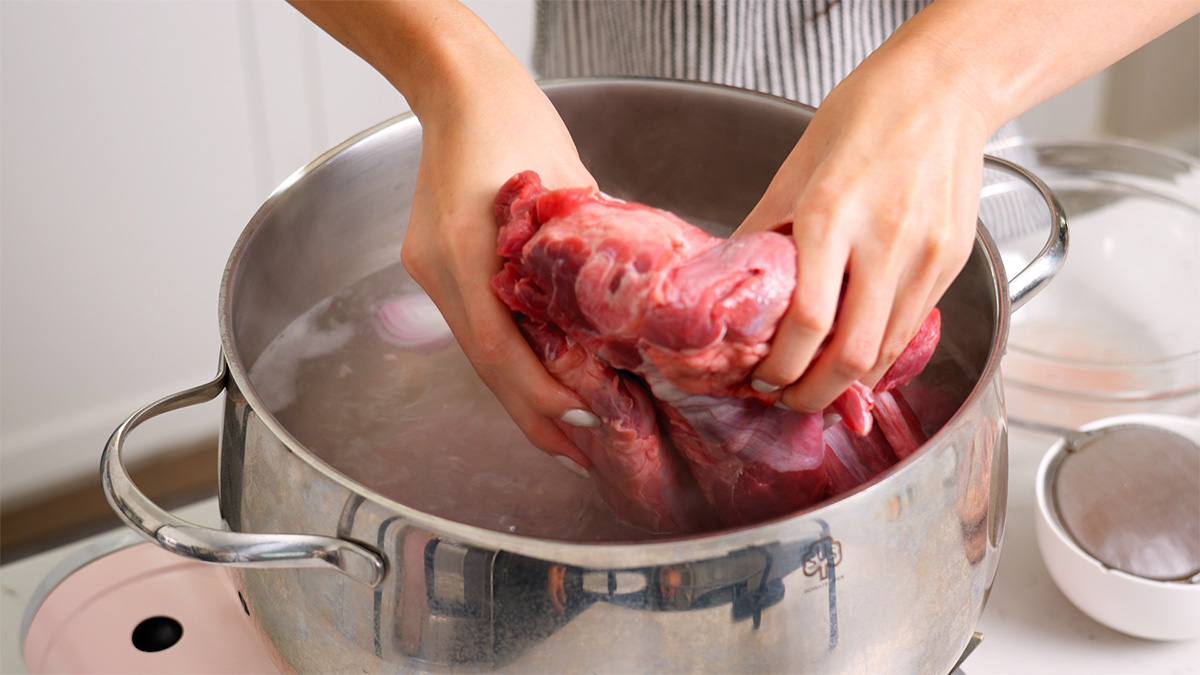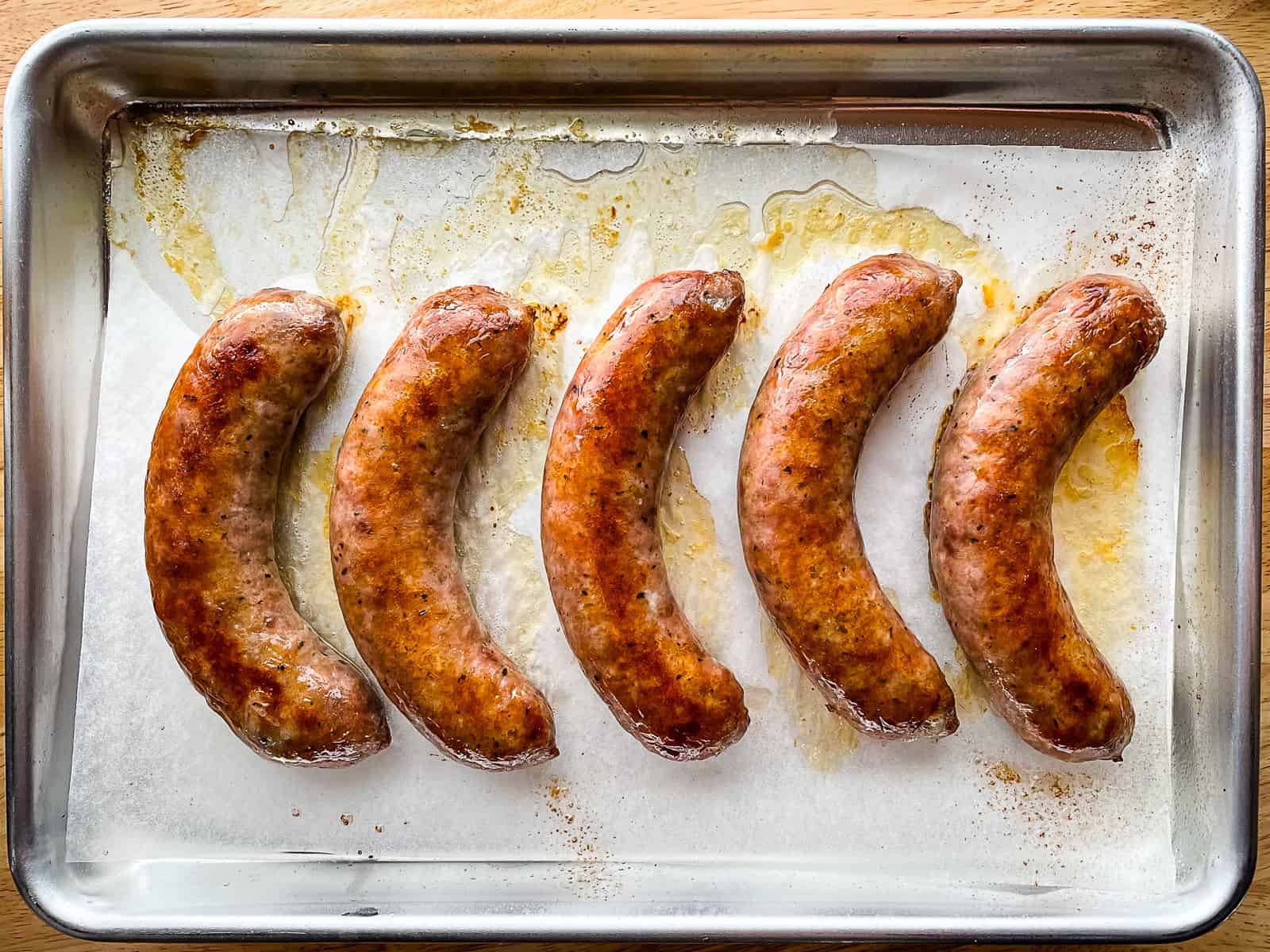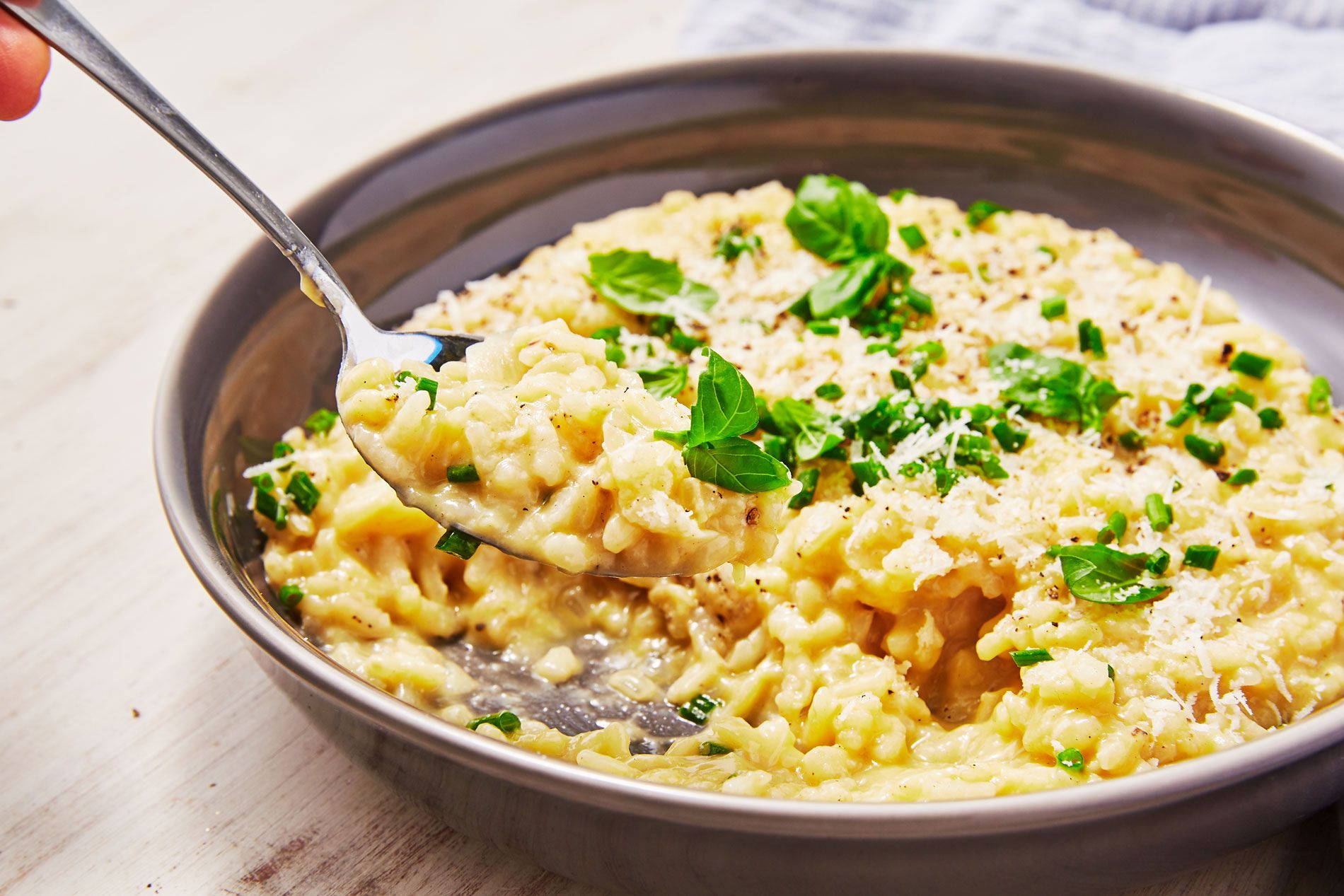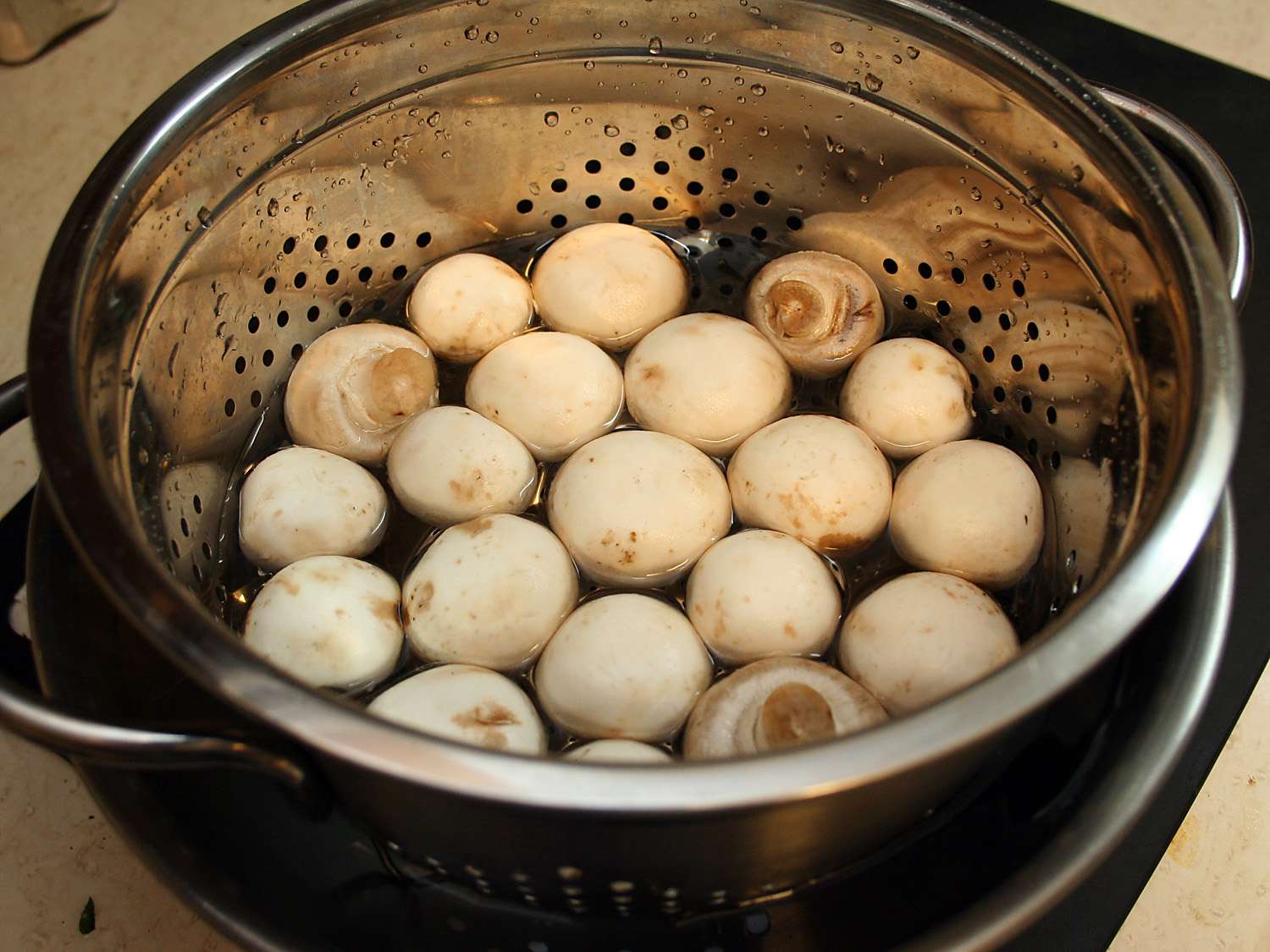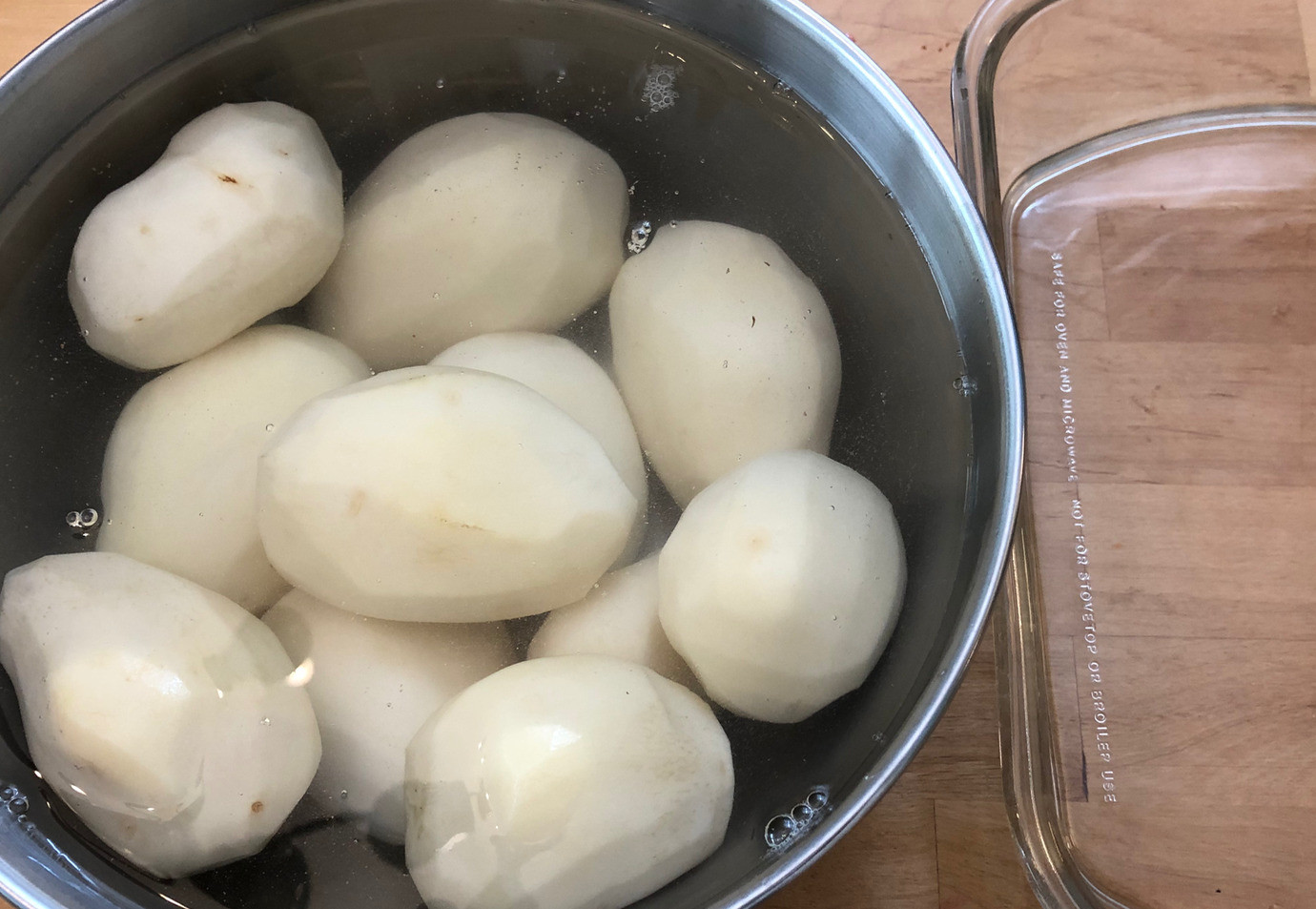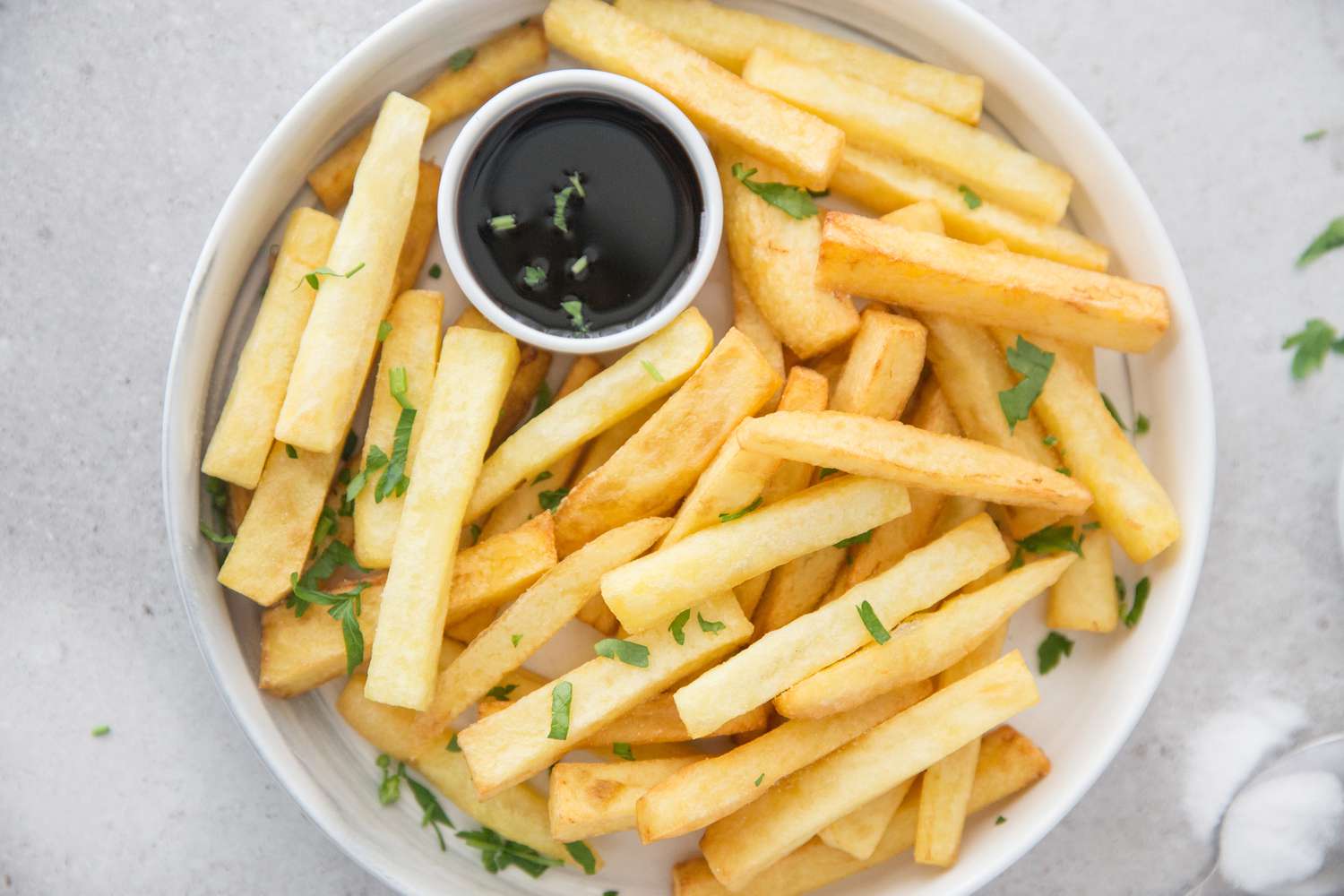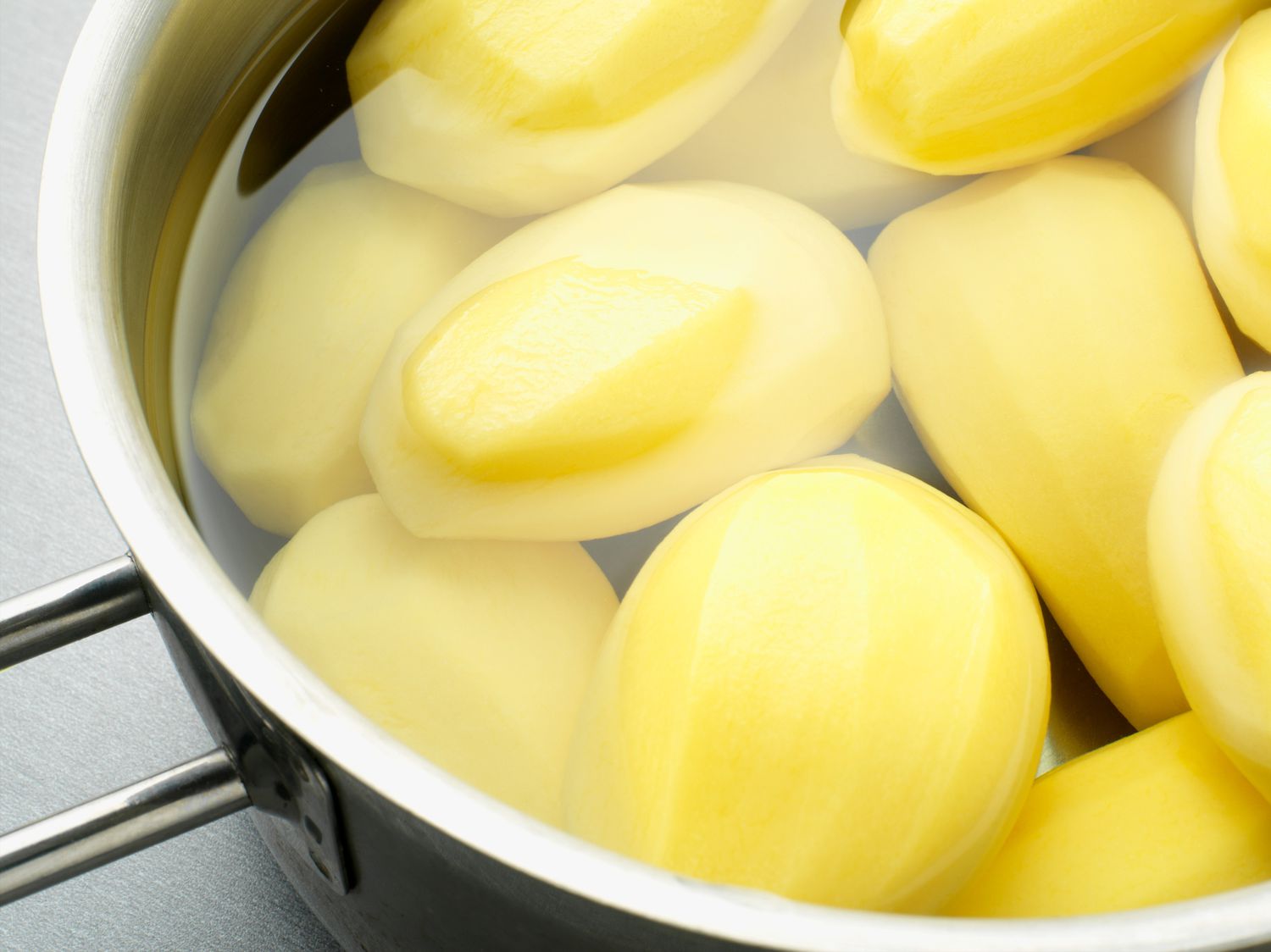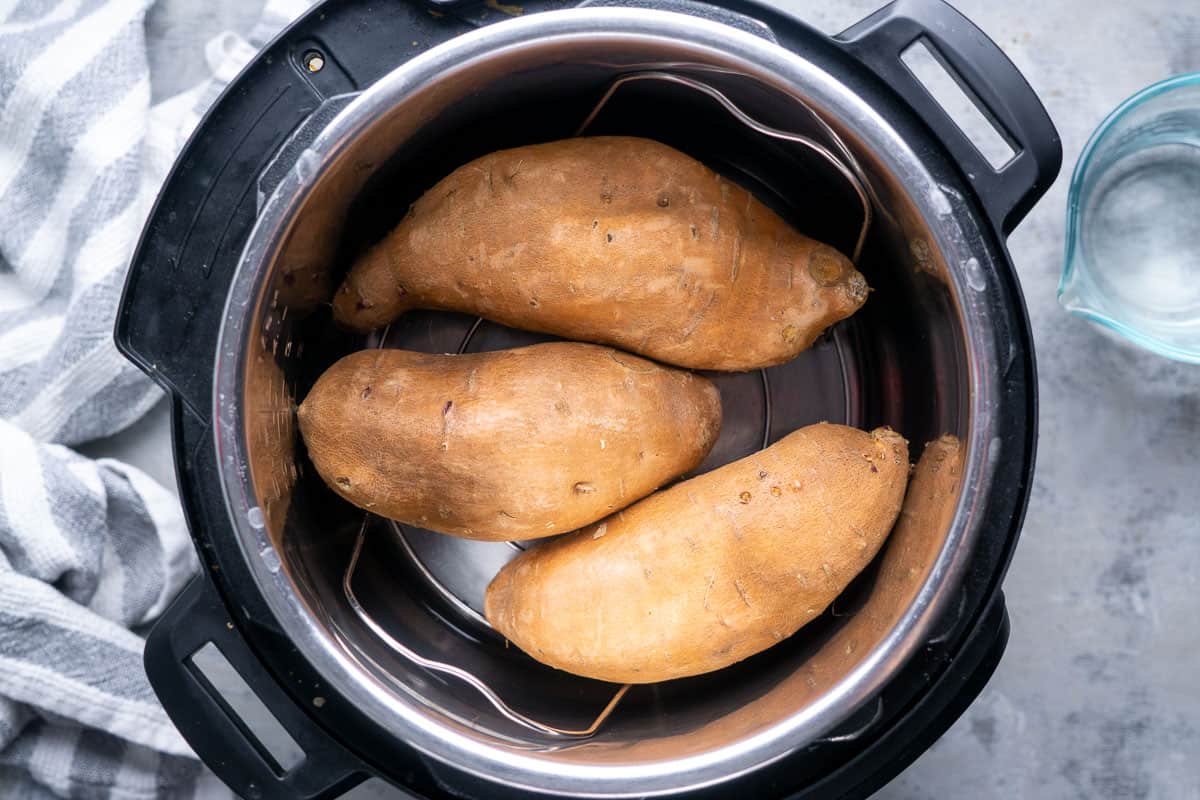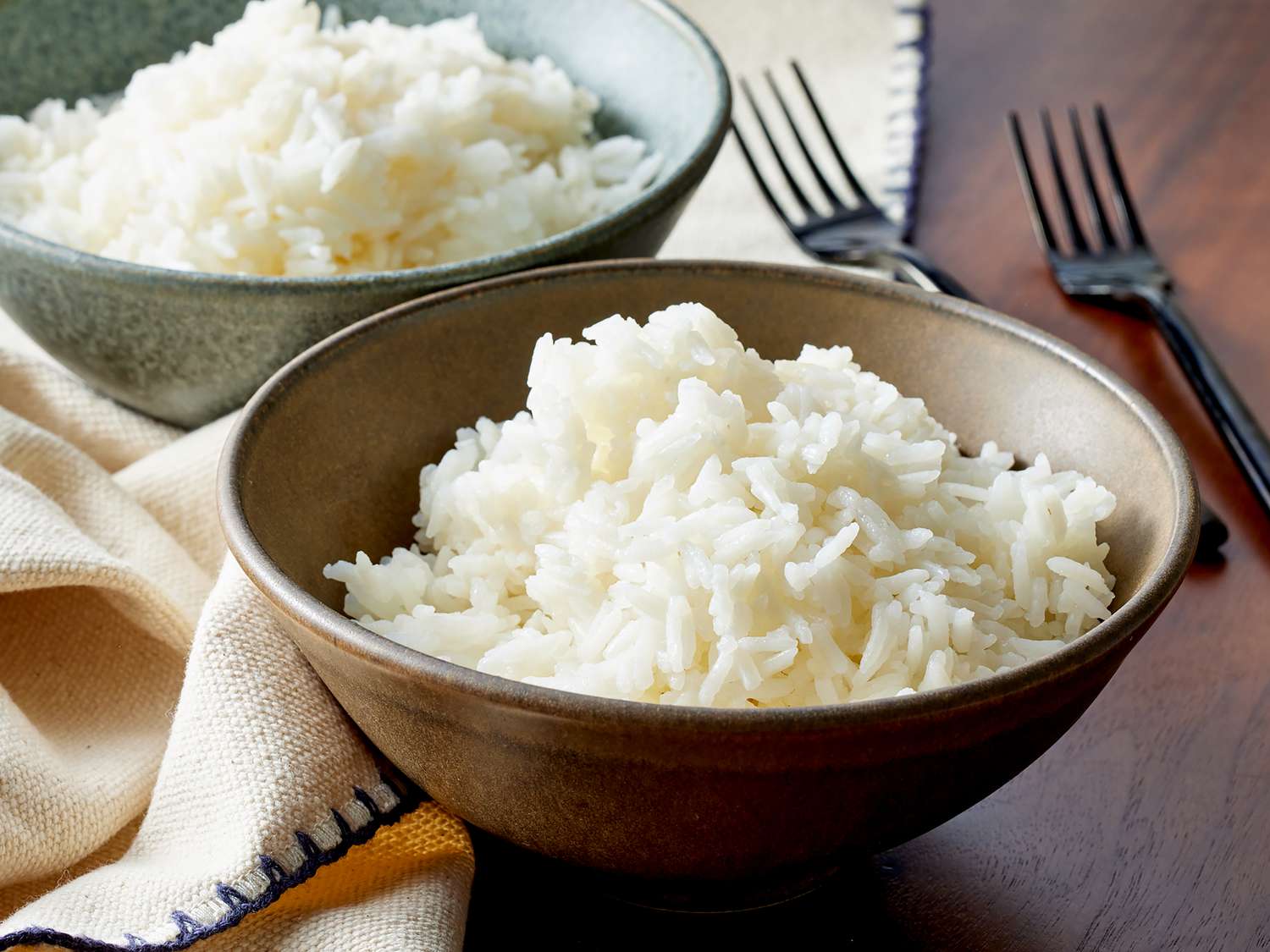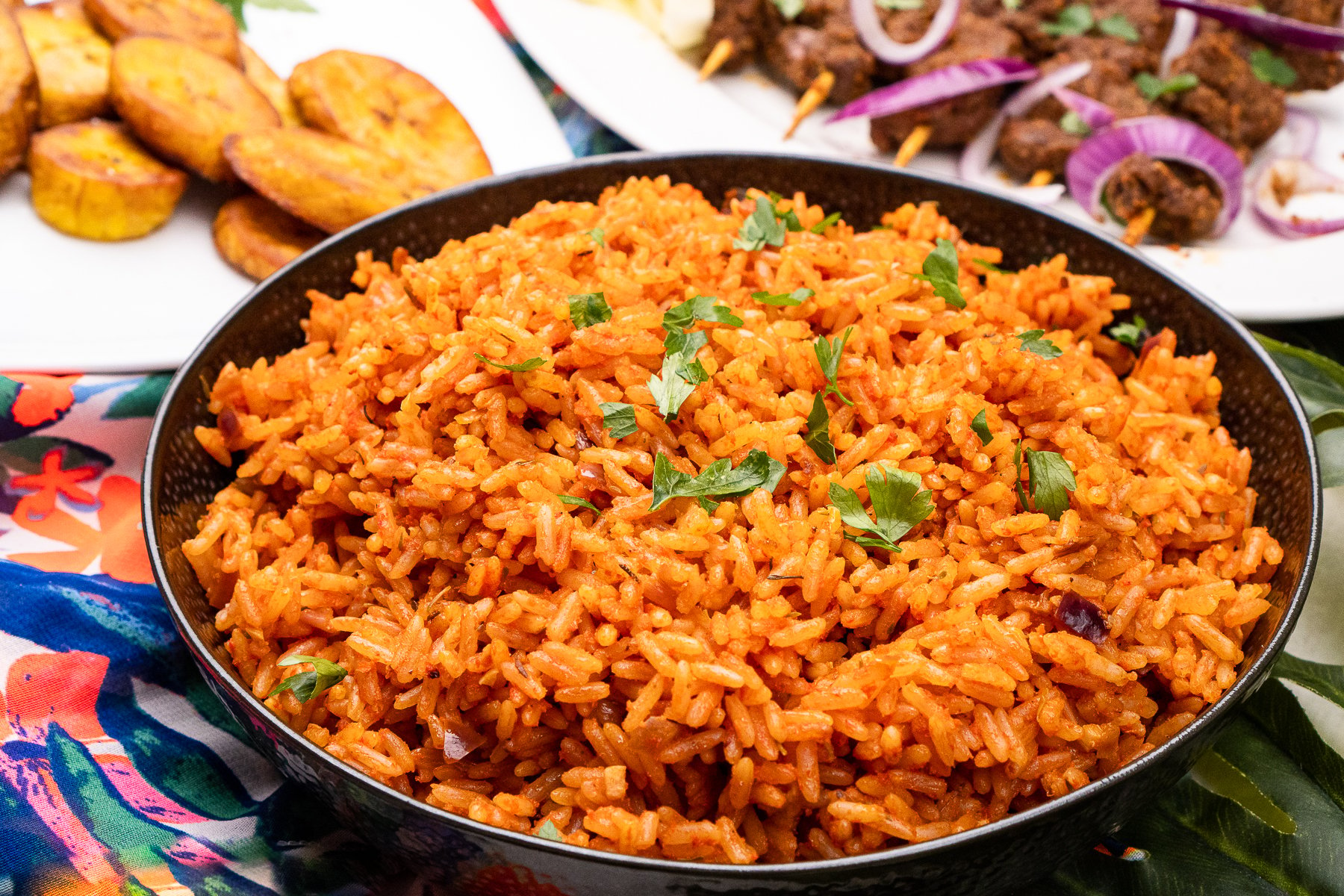Parboiling Carrots: A Step-by-Step Guide
Parboiling is a cooking technique that involves partially boiling vegetables before finishing the cooking process through another method, such as roasting or sautéing. This method is particularly useful for preparing carrots, as it helps to soften them before incorporating them into various dishes.
Why Parboil Carrots?
Parboiling carrots is a great way to ensure that they are cooked evenly and retain their vibrant color and nutrients. It also reduces the overall cooking time when incorporating the carrots into other recipes, making it a time-saving and convenient method.
How to Parboil Carrots
Follow these simple steps to parboil carrots to perfection:
- Prepare the Carrots: Start by selecting fresh carrots and washing them thoroughly to remove any dirt or debris. Peel the carrots if desired and trim off the ends.
- Cut the Carrots: Cut the carrots into uniform pieces to ensure even cooking. You can slice them into rounds, cut them into sticks, or dice them, depending on your preference.
- Boil Water: Fill a pot with water and bring it to a boil over high heat. Add a pinch of salt to the water to enhance the flavor of the carrots.
- Parboil the Carrots: Carefully add the prepared carrots to the boiling water. Let them cook for 3-5 minutes, depending on the size of the carrot pieces. The goal is to partially cook the carrots until they are just tender but still firm.
- Drain and Shock: Once the carrots have reached the desired level of tenderness, promptly remove them from the boiling water and transfer them to a bowl of ice water. This “shocks” the carrots and stops the cooking process, preserving their texture and color.
- Pat Dry: After the carrots have cooled in the ice water for a few minutes, drain them and pat them dry with a clean kitchen towel or paper towels. They are now ready to be used in your favorite recipes!
Uses for Parboiled Carrots
Parboiled carrots can be used in a variety of dishes, adding a pop of color and a hint of sweetness. Consider incorporating them into the following recipes:
- Stir-fries
- Roasted vegetable medleys
- Vegetable soups and stews
- Casseroles and gratins
- Salads and grain bowls
Conclusion
Parboiling carrots is a simple yet effective technique that can elevate your culinary creations. By following the steps outlined above, you can ensure that your carrots are perfectly cooked and ready to be used in an array of delicious dishes. Whether you’re a seasoned chef or a novice cook, mastering the art of parboiling carrots will undoubtedly expand your cooking repertoire and impress your family and friends with your culinary prowess.
Using the parboiling technique, readers can try out a variety of delicious recipes that highlight the versatility of carrots. For a comforting dish, they can make Carrot and Ginger Soup, which offers a warm and spicy flavor. If they prefer something hearty, the Carrot and Beef Stew is a great option, combining tender beef with parboiled carrots for a tasty meal. For a simpler side dish, Honey Glazed Roasted Carrots provide a sweet and savory option that's sure to please. Another delightful choice is the Carrot and Sweet Potato Mash, a creamy and nutritious side that's perfect for any dinner table. Lastly, those looking for a lighter fare can enjoy the Carrot and Chickpea Salad, which pairs parboiled carrots with chickpeas for a refreshing and protein-packed meal.
Was this page helpful?
Read Next: How To Parboil Veggies
